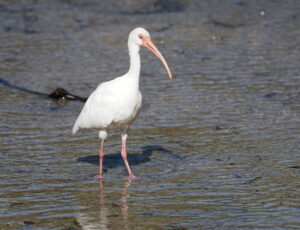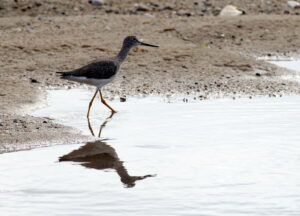Our guides share their favorite birding tips!
From our October 2021 newsletter
1 Get to know your common backyard birds

Get to know your common backyard birds really well, including songs and calls. That way when you see something different you know it’s different and can look it up. Also bring your field guide with you in the field!
-Kevin Burke
2. Bird Every Bird

Bird every bird especially the smaller less obvious ones, you never know what could be found. Remember to always look up and scan the skies.
-Keith Watson
3. Visit Banding Stations
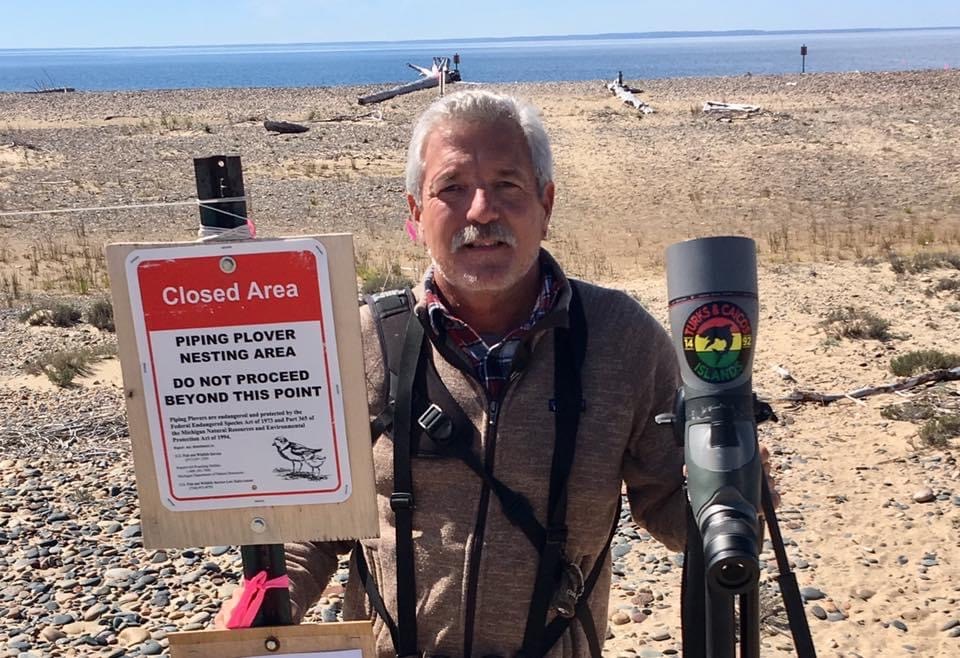
Visit banding stations often to learn more about feather and plumage molt. This will help you identify sex and ages of birds seen in the field.
-Craig Watson
4. Pay attention to behavior, shape & size, and bill

Pay attention to behavior, overall shape & size, and bill type when trying to ID a bird you are unfamiliar with. Coloration & plumage are important as well but these details can vary greatly – by age, sex, population, and even individually. While they are often the first thing we notice about a bird, they are not always the most useful. A good practice is to quiz yourself by looking at black-and-white photos of birds you know well, such as a Cardinal. How do you know it’s a cardinal? Because of its shape, size, and bill type.
-Aaron Steed
5. Understand Status and Distribution.
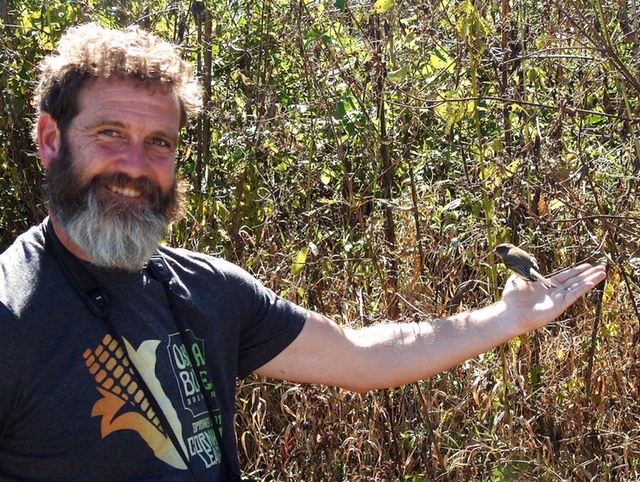
Knowing who to expect and when helps to more quickly cycle through your mental catalog of birds. The sooner your brain can register that you’re looking at something that is unexpected the quicker you can start noting the finer ID clues to identify an unexpected bird.
-Michael Plauche
6. Bring a Notebook
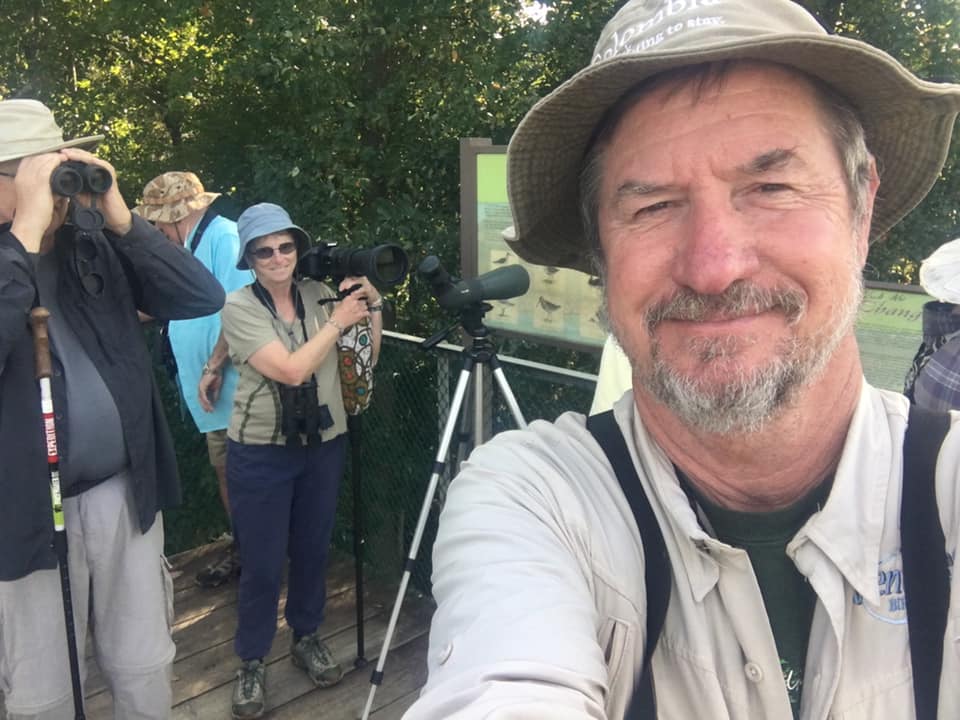
In these days of eBird and on-line groups, it’s best to confirm your sightings to the best of your ability. Many of us tend to rely on a camera to record the latest rarity, but before the days of affordable cameras, we had to rely on sketches in our notebooks. As well as toting along our cameras, it’s best to have a small notebook tucked away in your jacket pocket. Learn all the names of the bird parts/feathers (usually in the first few pages of any good field guide), etc. so when you have to do a field sketch, you’re ready and prepared. It doesn’t have to be a work of art, but there’s nothing like a drawing of the bird to help prove your sighting.
-Simon Thompson
7. Be aware of other fauna that make vocalizations

Be aware of other fauna that make vocalizations that can confuse birders, for example, a chipmunk.
-Clifton Avery
8. Invest in good optics.

There are terrific binoculars and spotting scopes out there now that are not really expensive. But cheap optics will definitely hinder your development as a birder.
-Susan Campbell

